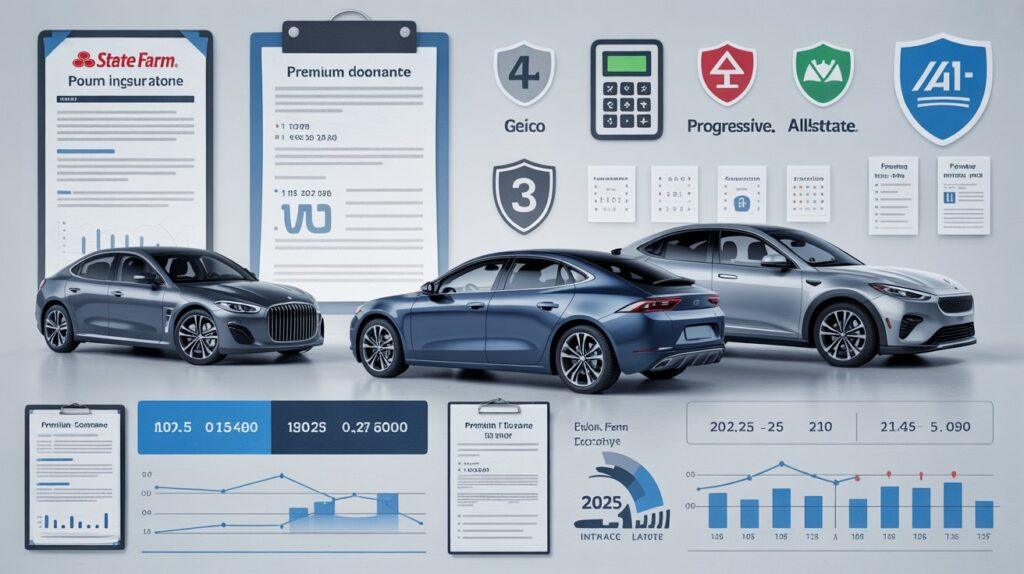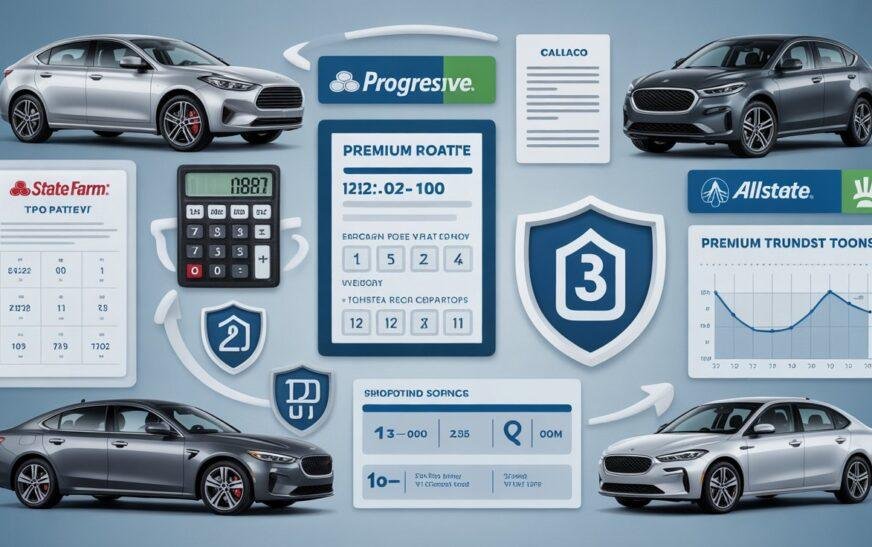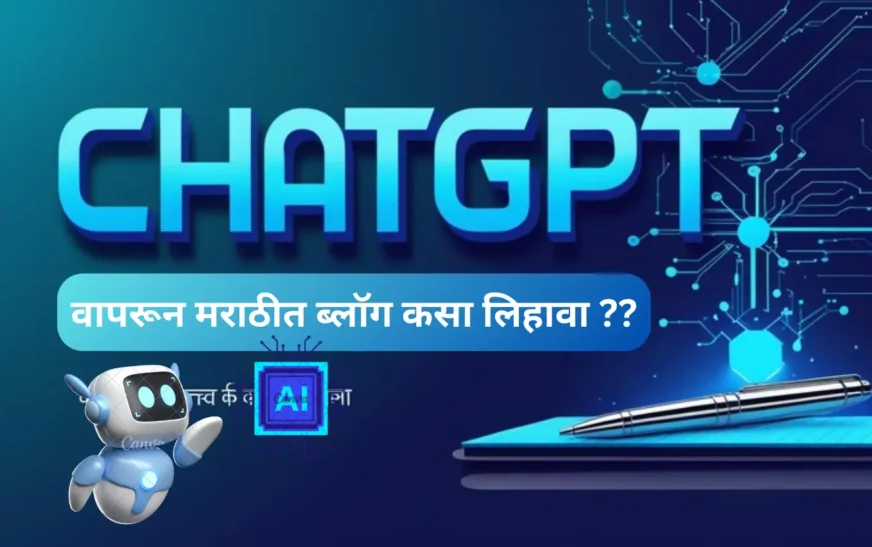The auto insurance landscape in 2025 presents both opportunities and challenges for drivers seeking comprehensive coverage at competitive rates. With average premiums reaching $2,101 annually, up from previous years due to inflation and increased claim costs, finding the right insurer has never been more critical. This guide analyzes the top insurance providers, coverage options, and money-saving strategies to help you secure optimal protection for your vehicle.

Executive Summary: Top Findings for 2025
Rate trends show moderation after years of steep increases, with insurers raising premiums by an average of 7.5% in 2025 compared to 16.5% in 2024. USAA leads in affordability with $1,407 annual premiums for military families, while GEICO offers the best combination of rates and availability for civilian drivers at $2,167 annually. Progressive excels in technology integration with advanced telematics programs, and State Farm provides superior customer satisfaction with a 710 J.D. Power score.
Top 10 Auto Insurance Companies: Comprehensive Analysis
1. State Farm: Quality Coverage Leader
Annual Premium: $2,686 (Full Coverage) | $503 (Minimum)
J.D. Power Score: 710 | Bankrate Rating: 4.3/5
Availability: 48 states plus DC
State Farm maintains its position as America’s largest auto insurer through consistent customer satisfaction and comprehensive coverage options. The company offers rideshare insurance for gig workers and maintains an A++ financial strength rating from AM Best. State Farm’s Drive Safe & Save program can reduce premiums up to 30% based on safe driving habits.
Key Strengths: Extensive agent network, bundling discounts up to 25%, strong claims satisfaction
Best For: Drivers seeking personalized service and comprehensive coverage options
2. GEICO: Affordability Champion
Annual Premium: $2,167 (Full Coverage) | $517 (Minimum)
J.D. Power Score: 692 | Bankrate Rating: 4.3/5
Availability: All 50 states plus DC
GEICO’s direct-to-consumer model enables competitive pricing while maintaining quality service. The company processes claims 24/7 and offers extensive digital tools including mobile app management. GEICO’s military affiliation discounts make it attractive to service members and veterans.
Key Strengths: Competitive rates, wide availability, digital-first approach
Best For: Price-conscious drivers seeking nationwide coverage
3. Progressive: Innovation Leader
Annual Premium: $2,190 (Full Coverage) | $638 (Minimum)
J.D. Power Score: 672 | Bankrate Rating: 4.4/5
Availability: All 50 states plus DC
Progressive’s Snapshot telematics program rewards safe driving with personalized rates. The company offers pay-per-mile coverage for low-mileage drivers and provides gap insurance and rideshare coverage. Progressive’s Name Your Price tool helps customers find coverage within their budget.
Key Strengths: Telematics innovation, usage-based insurance, comprehensive optional coverage
Best For: Tech-savvy drivers and those with variable driving patterns
4. Allstate: Bundling Specialist
Annual Premium: $3,355 (Full Coverage) | $840 (Minimum)
J.D. Power Score: 691 | Bankrate Rating: 3.9/5
Availability: All 50 states plus DC
Despite higher premiums, Allstate offers robust add-on options including new car replacement and accident forgiveness. The company’s Drivewise program provides telematics-based discounts, while bundling discounts can reach 25% when combining home and auto policies.
Key Strengths: Comprehensive coverage options, strong bundling discounts, local agents
Best For: Homeowners seeking bundled coverage and comprehensive protection
5. USAA: Military Excellence
Annual Premium: $1,407 (Full Coverage) | $417 (Minimum)
J.D. Power Score: 726 | Bankrate Rating: 4.5/5
Availability: Military families only
Exclusive to military members and their families, USAA consistently ranks highest in customer satisfaction and offers deployment-specific benefits including storage discounts. The company’s SafePilot program provides additional savings for safe driving.
Key Strengths: Lowest rates, exceptional service, military-specific benefits
Best For: Military families seeking premium coverage at competitive rates
auto_insurance_companies_comparison.csv
Generated File
Coverage Types: Understanding Your Options
Essential Coverage Components
Liability Insurance forms the foundation of auto coverage, with bodily injury protecting against injury claims and property damage covering vehicle and property damage you cause. Collision coverage pays for vehicle damage from accidents, while comprehensive coverage handles non-collision events like theft, vandalism, and weather damage.
2025 State Requirements Updates
Several states implemented increased minimum requirements in 2025:
- California: Increased to 30/60/15 (from 15/30/5)
- North Carolina: Now requires 50/100/50
- Utah: Raised to 30/60/25
- Virginia: Increased to 50/100/25
auto_insurance_coverage_types.csv
Generated File
Discount Opportunities: Maximizing Savings
High-Impact Discounts
Multi-policy bundling offers the largest savings potential at 18-25% when combining home and auto insurance. Multi-vehicle discounts provide 10-25% savings for families insuring multiple cars. Good driver discounts reward accident-free records with 10-23% reductions.
Technology-Based Savings
Telematics programs can reduce premiums by 5-20% through safe driving monitoring. However, privacy concerns are driving legislative action in several states, with Texas, Illinois, and other jurisdictions filing lawsuits against insurers over data collection practices.
Safety feature discounts apply to vehicles with airbags, ABS, and anti-theft devices, typically saving 5-15%. Low mileage discounts benefit drivers traveling fewer than 7,500-12,000 miles annually.
auto_insurance_discounts.csv
Generated File
How to Choose the Right Coverage
Assessing Your Needs
Vehicle value determines whether comprehensive and collision coverage make financial sense. For vehicles worth less than $3,000, the 10% rule suggests skipping physical damage coverage if annual premiums exceed 10% of vehicle value.
Financial situation influences deductible selection. Higher deductibles (€1,000+) reduce premiums but increase out-of-pocket costs during claims. Emergency fund availability should guide deductible choices.
Coverage Adequacy Formula
Liability limits should exceed your net worth to prevent personal asset exposure. Consider umbrella policies for additional protection beyond standard limits. Uninsured motorist coverage provides crucial protection in states with high uninsured driver rates.
Claims Process Comparison
Digital Claims Leadership
Progressive leads in digital innovation with 24/7 claims filing and tracking capabilities. GEICO offers comprehensive mobile claims processing, while State Farm combines digital tools with extensive agent support.
Settlement Performance
Claim settlement ratios vary significantly among insurers. Top performers include:
- SBI General Insurance: 100% settlement ratio
- HDFC ERGO: 99% settlement ratio
- Tata AIG: 99% settlement ratio
- Royal Sundaram: 98.6% settlement ratio
Claims Processing Speed
Average processing times range from 3-30 days for straightforward claims. Cashless repairs at network garages eliminate upfront payments, while reimbursement claims require initial payment followed by compensation.
Digital Insurance Tools Revolution
Mobile App Capabilities
2025 insurance apps feature AI-powered chatbots for instant customer service, telematics integration for usage-based pricing, and voice assistant compatibility for hands-free policy management. Risk scoring algorithms enable real-time premium adjustments.
Customer Self-Service Trends
78% of leading insurers now offer comprehensive self-service portals, enabling policyholders to file claims, update coverage, and access documents without agent interaction. Digital-first experiences have increased customer satisfaction by 17 points compared to traditional processes.
Emerging Technologies
Wearable device integration connects health and auto insurance for comprehensive risk assessment. Blockchain technology enhances claims transparency and reduces fraud through immutable transaction records.
Future of Auto Insurance Technology
Autonomous Vehicle Impact
Goldman Sachs projections indicate insurance costs could decline 50% by 2040 as autonomous vehicles reduce accident frequency. However, liability shifting from individuals to manufacturers will reshape the industry’s €400 billion market.
Current autonomous adoption remains limited, with only 4% of personal vehicles expected to feature Level 4 automation by 2035. Fleet penetration will take decades due to 12+ year average vehicle lifespans.
AI and Telematics Evolution
Real-time risk assessment through advanced telematics enables dynamic pricing based on driving behavior, weather conditions, and route danger levels. AI-powered fraud detection reduces fraudulent claims while automated underwriting speeds policy issuance.
Privacy regulations under frameworks like India’s Digital Personal Data Protection Act require explicit consent for data collection and data minimization practices to protect consumer privacy.
Blockchain Integration
Smart contracts enable parametric insurance with automatic payouts based on objective triggers like weather data. Claims processing efficiency improves through tamper-proof data sharing between insurers and service providers.
Money-Saving Strategies
Immediate Actions
Shop annually during renewal periods to capture new customer discounts averaging 10-15%. Compare quotes from 5+ insurers as rates can vary by €2,400+ annually between companies.
Adjust deductibles strategically, raising comprehensive deductibles to €1,000 while maintaining lower collision deductibles for frequently claimed damages.
Long-Term Savings
Maintain continuous coverage to avoid lapses that increase premiums. Bundle policies early in relationships to maximize multi-policy discounts. Complete defensive driving courses for 5-15% savings.
Install safety features and anti-theft devices for ongoing discounts. Monitor credit scores as most states allow credit-based insurance scoring affecting premiums.
State-Specific Requirements Guide
No-Fault States
12 states plus Puerto Rico require Personal Injury Protection (PIP) regardless of fault determination. Michigan offers unlimited PIP while New York requires €50,000 minimum.
High-Risk States
Louisiana, Mississippi, and New Mexico have high uninsured driver rates, making uninsured motorist coverage essential despite not being legally required.
2025 Legislative Changes
Data privacy legislation in Maryland, Missouri, and New York restricts telematics data collection. California’s enhanced requirements reflect increasing accident costs and litigation trends.
state_insurance_requirements_2025.csv
Generated File
Conclusion: Making the Smart Choice
The 2025 auto insurance landscape rewards informed consumers who leverage technology, understand coverage needs, and actively manage their policies. GEICO and Progressive offer the best combination of rates and digital innovation for most drivers, while State Farm provides superior service for those preferring agent relationships.
USAA remains unmatched for military families, and specialized providers like Erie deliver exceptional value in their coverage areas. The key to optimization lies in annual shopping, strategic bundling, and leveraging available discounts while maintaining adequate protection.
As autonomous vehicles and AI technologies reshape the industry, staying informed about emerging trends and privacy implications will become increasingly important for making intelligent coverage decisions.







